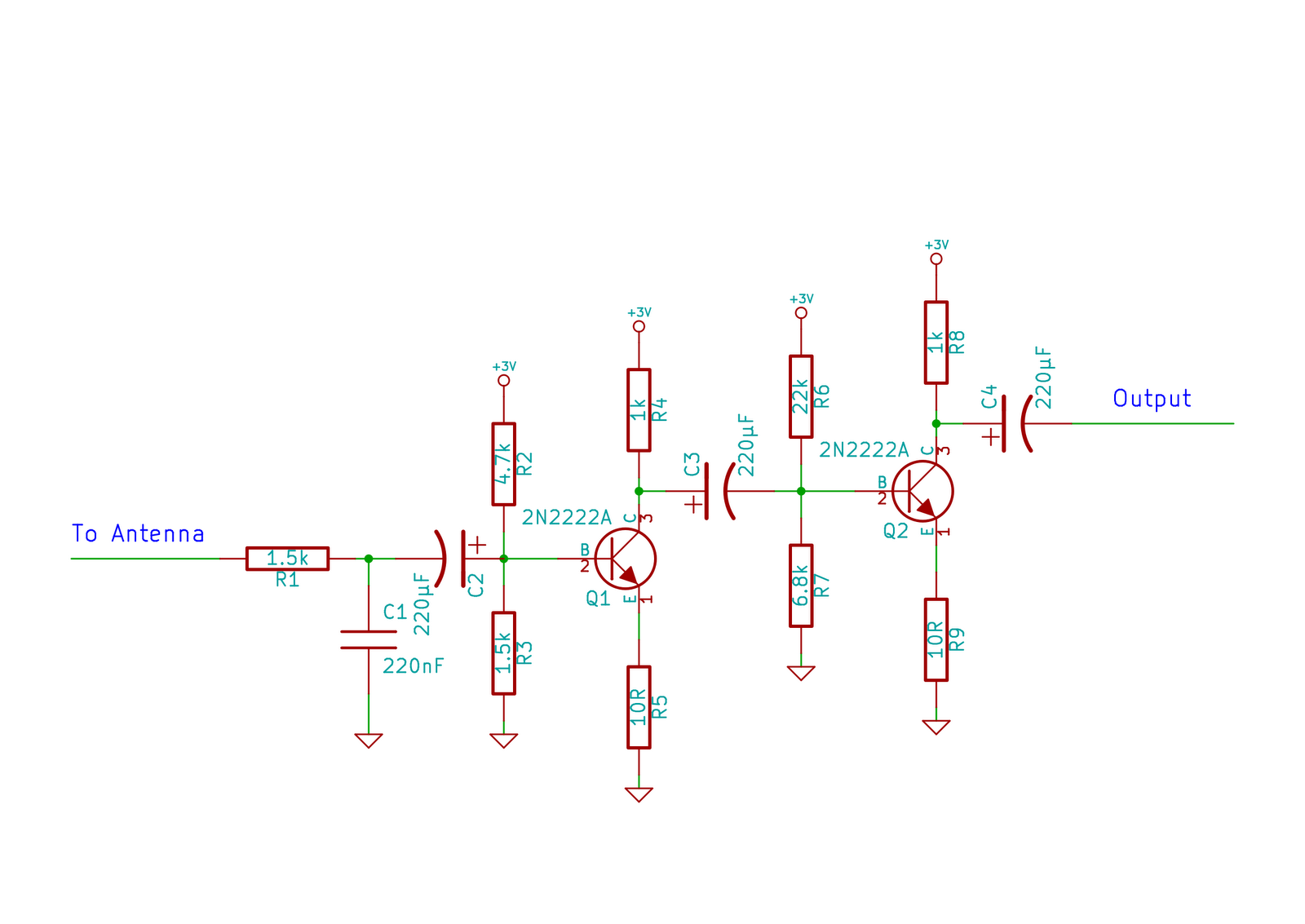
Transistor Organ

This simple circuit can provide hours of enjoyment as you learn tunes, play duets or just make some really weird sounds by pushing all the buttons at once. You have probably seen this circuit before, it is fairly common. I have seen it in several books. The best thing about the circuit is that you can tune each individual note, or go to a whole new octave by changing one capacitor (C1). Because of this, it is possible to form an entire Transistor Organ ensemble. Why you would want to do this is anyone's guess...
The described circuit functions as a basic electronic musical instrument, often referred to as a simple synthesizer or a transistor organ. It utilizes a series of buttons or keys that, when pressed, activate different oscillators to produce sound. The fundamental components typically include a series of resistors, capacitors, transistors, and a speaker for sound output.
In this circuit, each button corresponds to a different frequency, allowing the user to play various notes. The tuning capability is achieved through the use of capacitor C1, which can be adjusted to change the frequency of oscillation. This tuning feature enables the user to customize each note for precise pitch control, making it possible to create harmonies and melodies. Furthermore, by altering C1, the circuit can shift to a different octave, expanding the range of notes available to the user.
The transistors in the circuit serve as amplifiers and oscillators, converting the DC power supply into audible sound waves. The design is likely to include a power supply circuit, which may consist of batteries or an external power source, providing the necessary voltage for operation. The output is generally connected to a small speaker or piezo buzzer, which converts the electrical signals into sound.
In summary, the circuit is an engaging and educational tool for individuals interested in music and electronics. It allows for experimentation with sound synthesis and provides a hands-on approach to learning about electronic components and their functions. The ability to tune individual notes and switch octaves enhances the versatility of the instrument, making it suitable for various musical applications.This simple circuit can provide hours of enjoyment as you learn tunes, play duets or just make some really weird sounds by pushing all the buttons at once. You have probably seen this ciruit before, it is fairly common. I have seen it in several books. The best thing about the circuit is that you can tune each individual note, or go to a whole new octive by changing one capacitor (C1).
Because of this, it is possible to from an entire Transistor Organ ensemble. Why you would want to do this is anyone`s guess... 🔗 External reference
The described circuit functions as a basic electronic musical instrument, often referred to as a simple synthesizer or a transistor organ. It utilizes a series of buttons or keys that, when pressed, activate different oscillators to produce sound. The fundamental components typically include a series of resistors, capacitors, transistors, and a speaker for sound output.
In this circuit, each button corresponds to a different frequency, allowing the user to play various notes. The tuning capability is achieved through the use of capacitor C1, which can be adjusted to change the frequency of oscillation. This tuning feature enables the user to customize each note for precise pitch control, making it possible to create harmonies and melodies. Furthermore, by altering C1, the circuit can shift to a different octave, expanding the range of notes available to the user.
The transistors in the circuit serve as amplifiers and oscillators, converting the DC power supply into audible sound waves. The design is likely to include a power supply circuit, which may consist of batteries or an external power source, providing the necessary voltage for operation. The output is generally connected to a small speaker or piezo buzzer, which converts the electrical signals into sound.
In summary, the circuit is an engaging and educational tool for individuals interested in music and electronics. It allows for experimentation with sound synthesis and provides a hands-on approach to learning about electronic components and their functions. The ability to tune individual notes and switch octaves enhances the versatility of the instrument, making it suitable for various musical applications.This simple circuit can provide hours of enjoyment as you learn tunes, play duets or just make some really weird sounds by pushing all the buttons at once. You have probably seen this ciruit before, it is fairly common. I have seen it in several books. The best thing about the circuit is that you can tune each individual note, or go to a whole new octive by changing one capacitor (C1).
Because of this, it is possible to from an entire Transistor Organ ensemble. Why you would want to do this is anyone`s guess... 🔗 External reference





